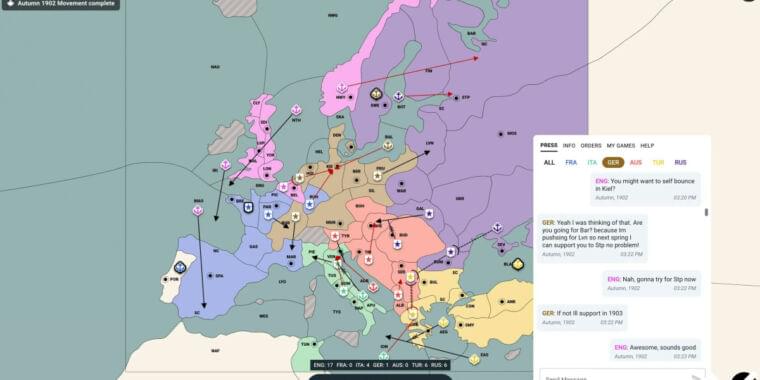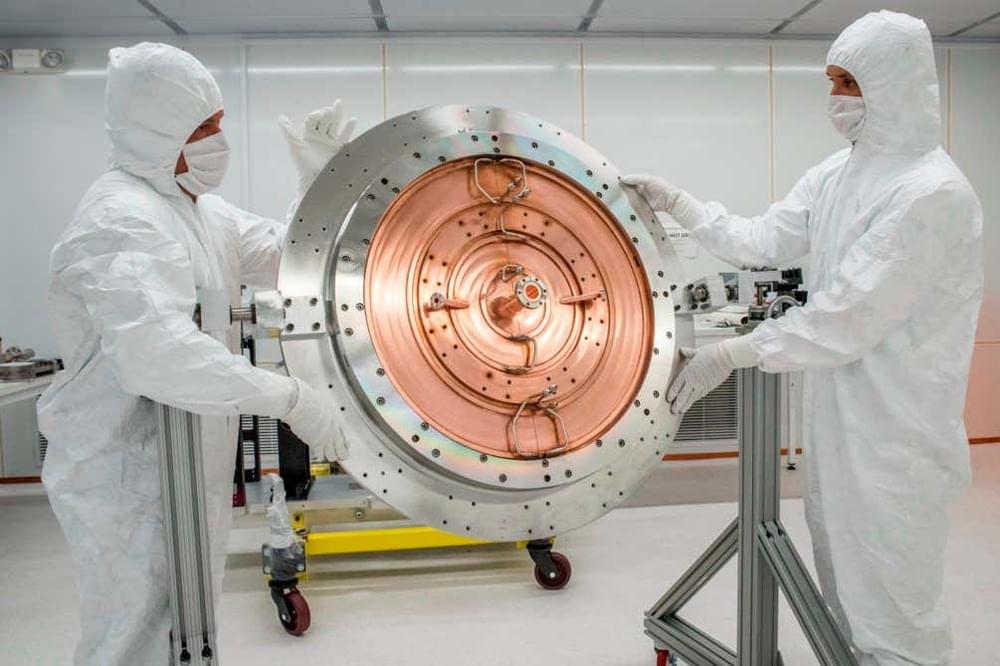John F. Nash, Equilibrium Points in n-Person Games, Proceedings of the National Academy of Sciences of the United States of America, Vol. 36, No. 1 (Jan. 15, 1950), pp. 48–49.


Loosely based on a screenplay written by ChatGPT. This comedy thriller short film is about an unexpected event that occurs during a robbery.
Exclusive and Early Access: https://patreon.com/blakeridder.
Subscribe for monthly new best short films.
Camera : https://amzn.to/3sJ3x7q.
Lens: https://amzn.to/3swXimU
My film equipment list — https://www.amazon.co.uk/shop/blakeridder.
👍🏻 SUPPORT
Patreon: https://patreon.com/blakeridder.
Donation: https://bit.ly/3evQJfZ
📱 CONNECT WITH ME
The essence of the Turing Test revolves around whether a computer can successfully impersonate a human. The test is to be put into practice under a set of detailed conditions which rely on human judges being connected with test subjects (a computer and a person) solely via an instant messaging system or its equivalent. That is, the only information which will pass between the parties is text.
To pass the test, a computer would have to be capable of communicating via this medium at least as competently as a person. There is no restriction on the subject matter; anything within the scope of human experience in reality or imagination is fair game. This is a very broad canvas encompassing all of the possibilities of discussion about art, science, personal history, and social relationships. Exploring linkages between the realms is also fair game, allowing for unusual but illustrative analogies and metaphors. It is such a broad canvas, in my view, that it is impossible to foresee when, or even if, a machine intelligence will be able to paint a picture which can fool a human judge.
While it is possible to imagine a machine obtaining a perfect score on the SAT or winning Jeopardy—since these rely on retained facts and the ability to recall them—it seems far less possible that a machine can weave things together in new ways or to have true imagination in a way that matches everything people can do, especially if we have a full appreciation of the creativity people are capable of. This is often overlooked by those computer scientists who correctly point out that it is not impossible for computers to demonstrate creativity. Not impossible, yes. Likely enough to warrant belief in a computer can pass the Turing Test? In my opinion, no. Computers look relatively smarter in theory when those making the estimate judge people to be dumber and more limited than they are.

On Tuesday, Meta AI announced the development of Cicero, which it claims is the first AI to achieve human-level performance in the strategic board game Diplomacy. It’s a notable achievement because the game requires deep interpersonal negotiation skills, which implies that Cicero has obtained a certain mastery of language necessary to win the game.
Even before Deep Blue beat Garry Kasparov at chess in 1997, board games were a useful measure of AI achievement. In 2015, another barrier fell when AlphaGo defeated Go master Lee Sedol. Both of those games follow a relatively clear set of analytical rules (although Go’s rules are typically simplified for computer AI).
It’s based on microsensations that together create an immersive experience.
What if you could actually feel all the sensations of a video game? That’s what the OWO haptic shirt displayed at this year’s Electronics Consumer Show (CES) 2023 allows you to do.
“The result; a deep level of immersion you won’t find anywhere else.”
OWO at CES 2023.
“Unlike other haptics that use vibration to reproduce one sensation, OWO is the only company that can reproduce an infinite number of realistic physical sensations. And since each body is different, you can calibrate the sensations to make your experience unique,” said the invention’s CES page.
Clip taken from my conversation with Professor Michael Levin. Full episode: https://www.youtube.com/watch?v=C96Hq8kDORU&ab_channel=Thinginitself.
Podcast.
Spotify: https://open.spotify.com/show/0dUBLTl6qzOfA0xMndLFzq.
Google: https://www.google.com/podcasts?feed=aHR0cHM6Ly9mZWVkcy5yZWR…FhMw%3D%3D
Apple: https://podcasts.apple.com/us/podcast/thing-in-it-self/id1616881426
Amazon: https://music.amazon.ca/podcasts/9c6c08b2-e975-47d6-a897…in-it-self.
Social.
Twitter: https://twitter.com/thinginitself__
Instagram: https://www.instagram.com/thinginitself.pod/
Facebook: https://www.facebook.com/people/Thing-in-itself/100088163125850/
Minor tweaks could expand its scope of applications to other conditions, such as autism.
Researchers used virtual reality (VR) games to diagnose attention-deficit hyperactivity disorder (ADHD) through differences in eye movements, according to a press release published by Aalto University. This method could potentially be utilized as a basis for ADHD treatment and, with minor tweaks, to assess other conditions like autism.
ADHD is a common attention disorder that affects six million U.S. children between the ages of 3 and 17 years, according to a national survey of parents.
This short film was made in 24 hours using ARTIFICIAL INTELLIGENCE
No image was captured, drawn or modeled.
No text was written or recorded.
No music was written or performed.
The human being was only needed to give prompts and to put the pieces together.
Image Generator — Dall-E
Depth Map — 3D Photo Depth Map.
2.5D Motion — Depthy.
Written — ChatGPT
Voice Generator — FakeYou.
Voice Enhance — Adobe Podcast.
Music Generator — Soundraw.
Editing Software — Vegas.
Human Idea — Bruno Carnide.

From the forthcoming album “Metropolis: Live at the Roxy Theatre.” Recorded live at the Roxy Theatre, Owen Sound, on December 15th 2012 in front of a theatrical audience.
Music composed and performed by the Silent Film Ensemble.